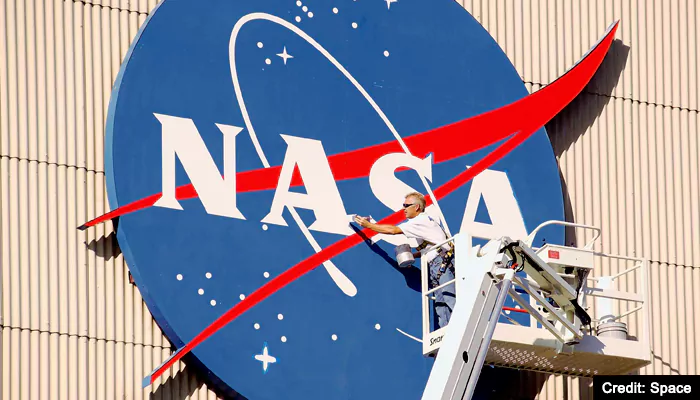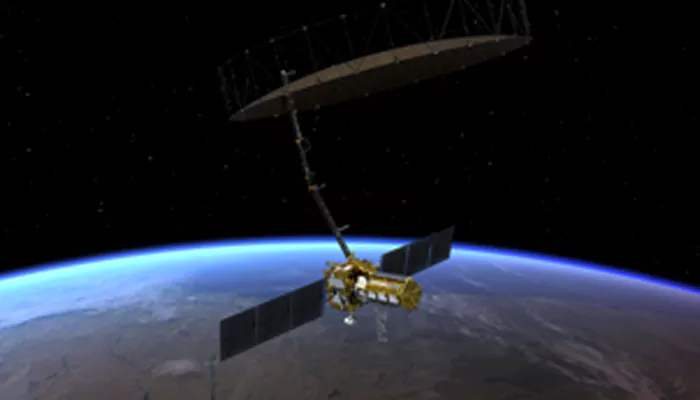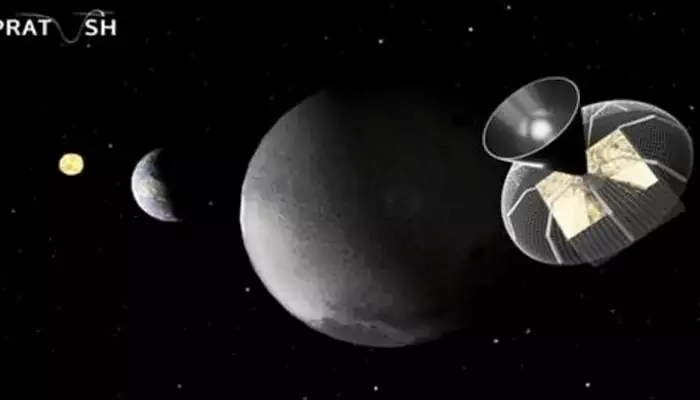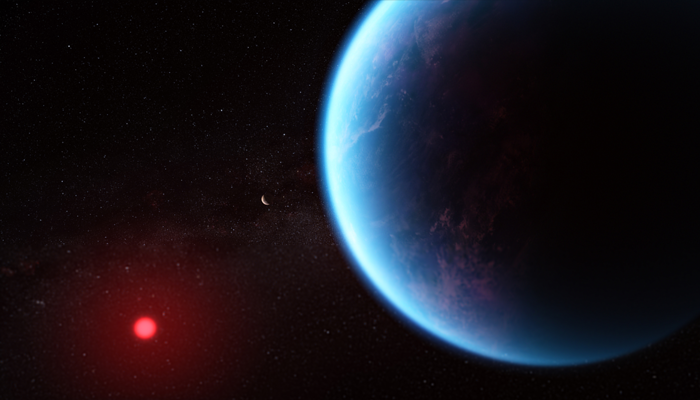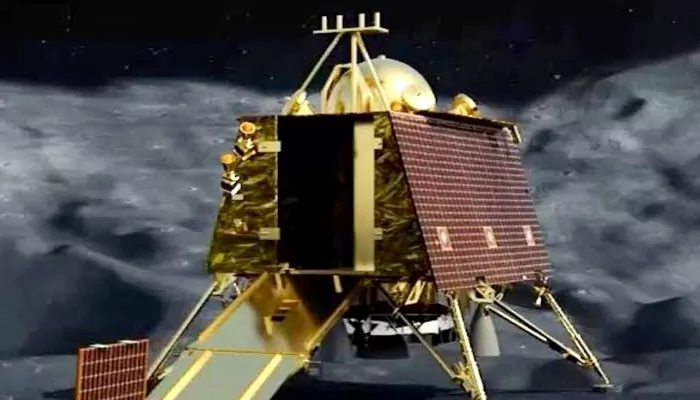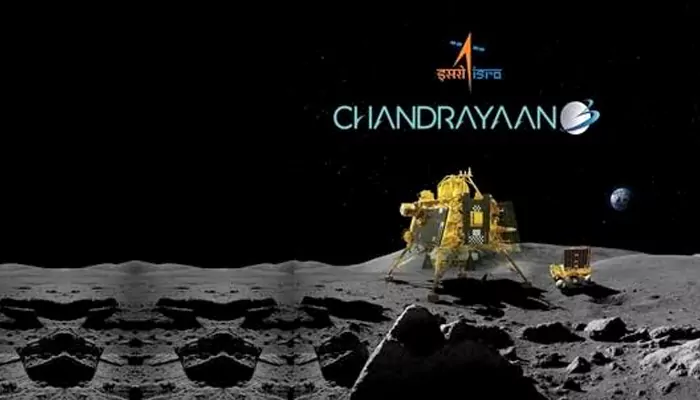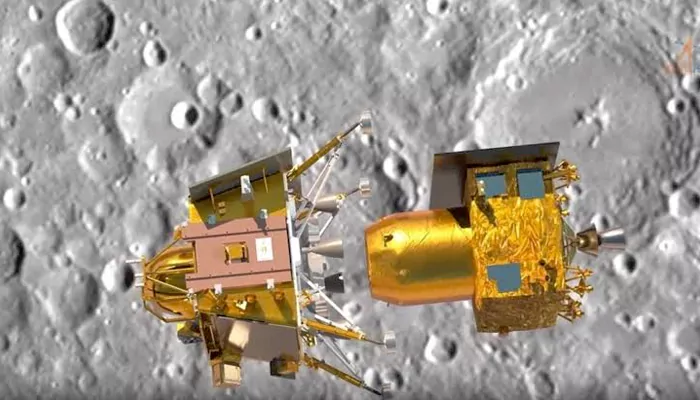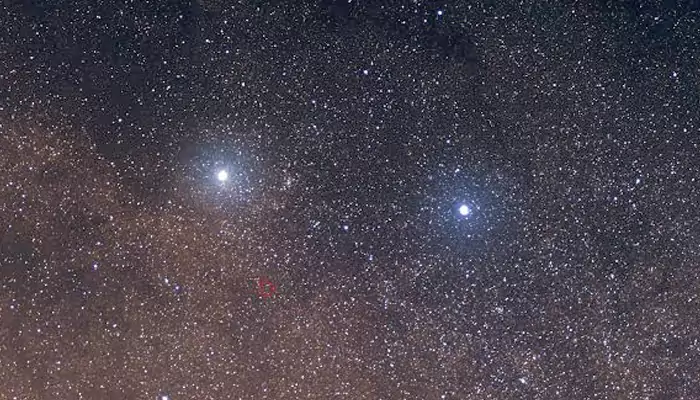Chandrayaan-3 Mission Unveils Lunar Secrets: Insights into Moon's Southern High-Latitude Region
- Admin
- 1 year ago
- 4 minutes read

New discoveries from India's Chandrayaan-3 mission have yielded fresh insights into the lunar surface at the Moon's southern high-latitude region. A recent analysis of data collected by the Pragyan rover reveals crucial information about the distribution and origins of rock fragments in this area, representing a substantial leap forward in our comprehension of lunar geology.
The Moon, Earth's constant companion, has long fascinated scientists and stargazers alike. While much of its surface has been explored and studied, the southern high-latitude region remains one of its most enigmatic areas.
Recent missions, including India's Chandrayaan-3, have provided new insights into this mysterious region, shedding light on why it captivates the scientific community and what secrets it may hold about the Moon’s history.
Uncharted Territory: Why the South Pole?
The Moon's south pole is of particular interest to scientists for several reasons. Unlike the equatorial regions, the south pole's surface is marked by deep craters and permanently shadowed regions that have never seen sunlight. These areas are believed to contain water ice, a critical resource for future lunar exploration and potential human settlement. Water ice can provide not only drinking water but also oxygen and hydrogen for fuel, making the south pole a strategic location for sustaining long-term missions.
Furthermore, the south pole's unique environment preserves the geological history of the Moon. The extreme cold traps volatiles and other compounds that might otherwise evaporate, offering a pristine archive of the solar system's history.
Chandrayaan-3: Unveiling the Lunar Surface
India's Chandrayaan-3 mission has been pivotal in exploring the Moon's southern high-latitude region. Launched by the Indian Space Research Organisation (ISRO), Chandrayaan-3's Pragyan rover has traversed the lunar surface, analyzing rock fragments and the distribution of various minerals. These findings have provided valuable data that enhance our understanding of lunar geology.
One of the mission’s key discoveries is the identification of diverse rock types and compositions in the south pole region. The presence of these rocks suggests a complex geological history, potentially involving volcanic activity and impacts from celestial bodies.
Water Ice: The Hidden Treasure
The discovery of water ice in the south pole's permanently shadowed regions is perhaps the most exciting revelation. Water is a vital resource for sustaining human life and conducting long-term lunar missions. The ability to extract water from the Moon would significantly reduce the need to transport supplies from Earth, making space exploration more feasible and cost-effective.
Moreover, the presence of water ice opens up possibilities for understanding the Moon’s climate history. Scientists believe that water may have been delivered to the Moon by comets or formed through interactions with the solar wind.
Geological Wonders: Craters and Basins
The south pole region is home to some of the Moon's largest and oldest impact craters, such as the Aitken Basin. This immense crater, one of the largest in the solar system, provides a window into the Moon’s early history. The impact that created the Aitken Basin was so powerful that it likely penetrated the Moon’s crust, bringing material from the mantle to the surface. By studying this material, scientists can gain a better understanding of the Moon's internal structure and composition.
The rugged terrain of the south pole, with its steep cliffs and deep craters, also poses significant challenges for exploration. However, these features offer unique opportunities for scientific investigation. For instance, the permanently shadowed craters could contain not only water ice but also other volatiles and organic compounds that have been preserved for billions of years.
The mysteries of the Moon’s south pole are not just of academic interest; they have practical implications for the future of space exploration. As international space agencies plan for human missions to the Moon and beyond, the south pole could serve as a critical hub for operations. Its resources, particularly water ice, could support lunar bases and provide a launching point for missions to Mars and other destinations.

